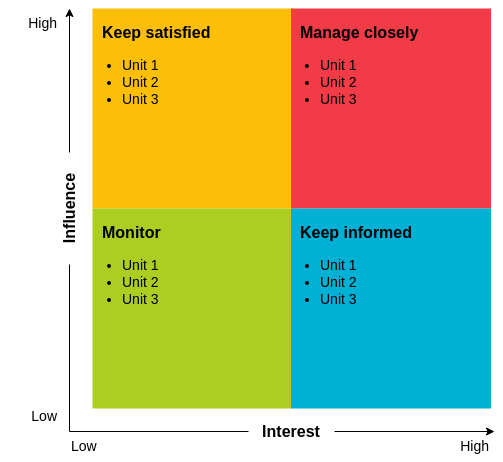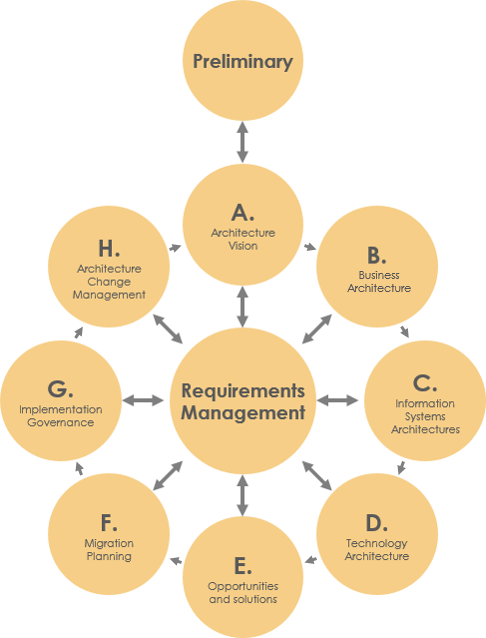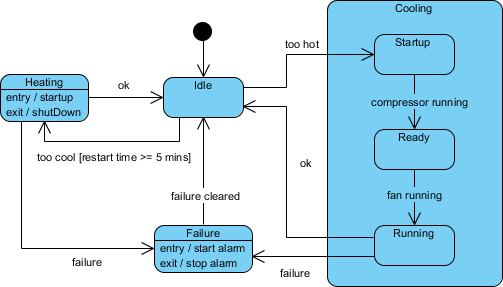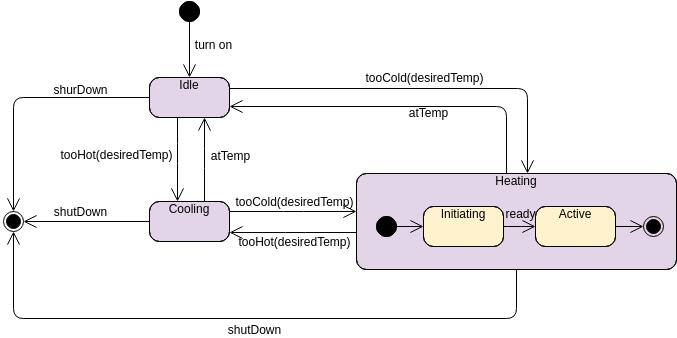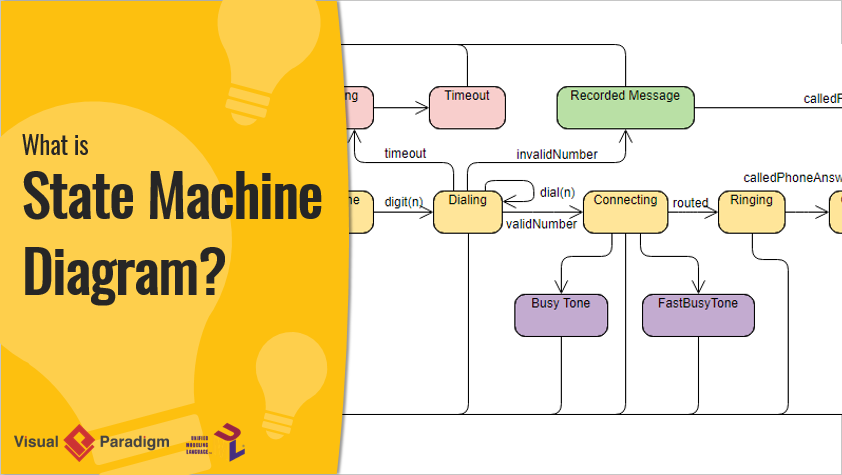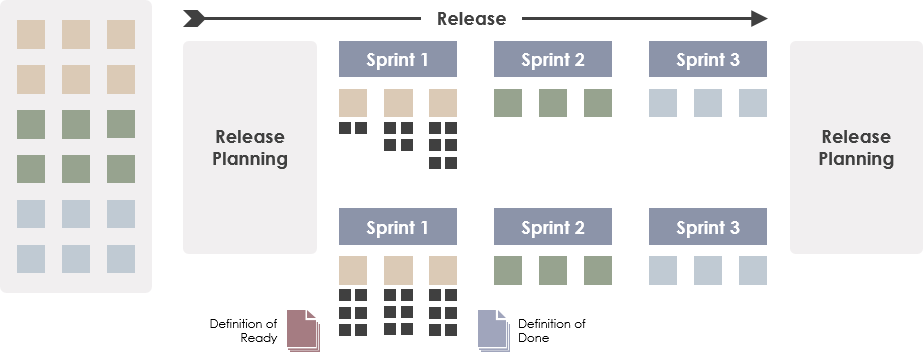Stakeholder Analysis is a project management tool. It helps to identify internal and external stakeholders that may influence or be influenced by the solutions proposed during the project implementation which an important process that successful people use to win support from others. Managing stakeholders can help you to ensure that your projects succeed where others might fail.
Continue reading